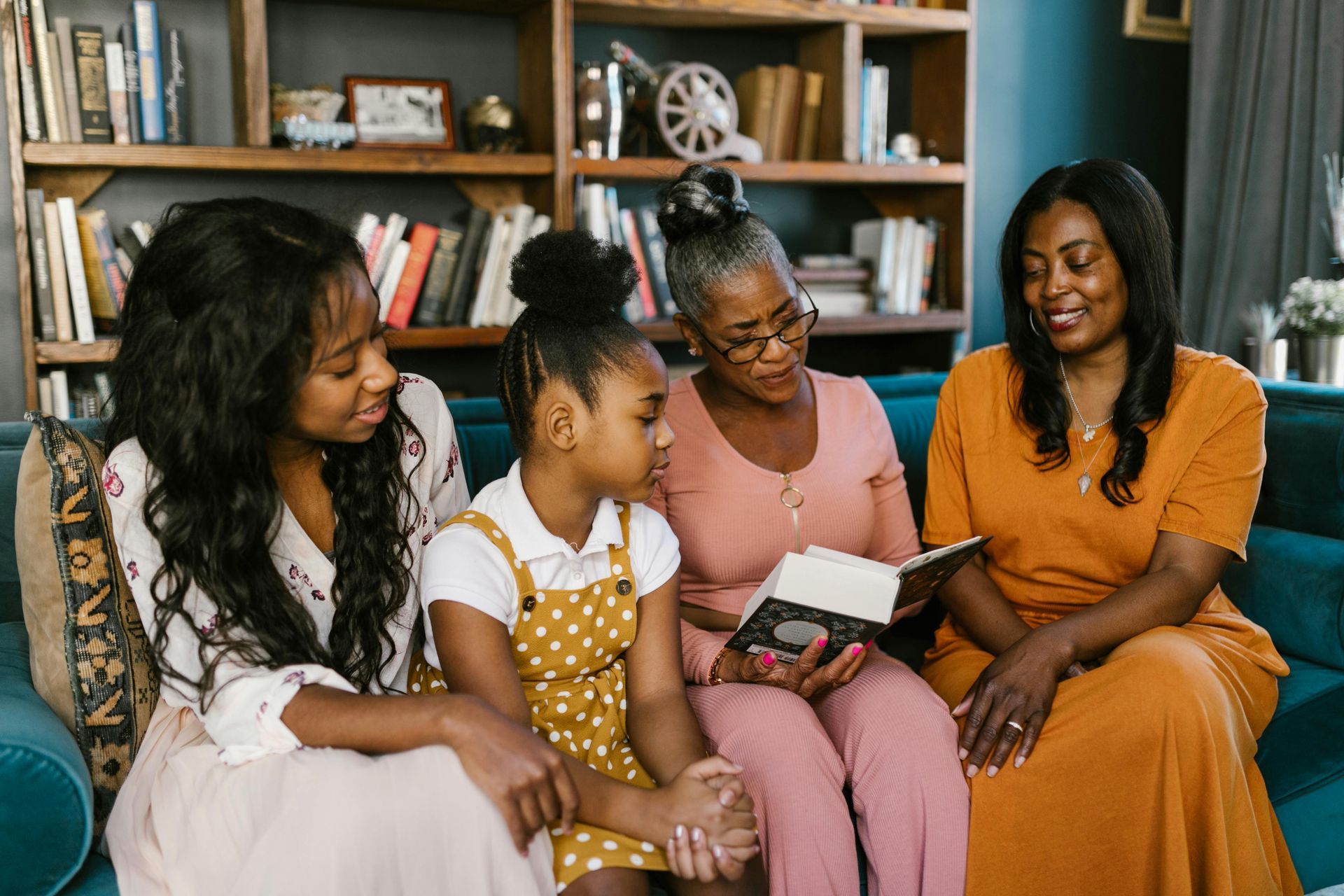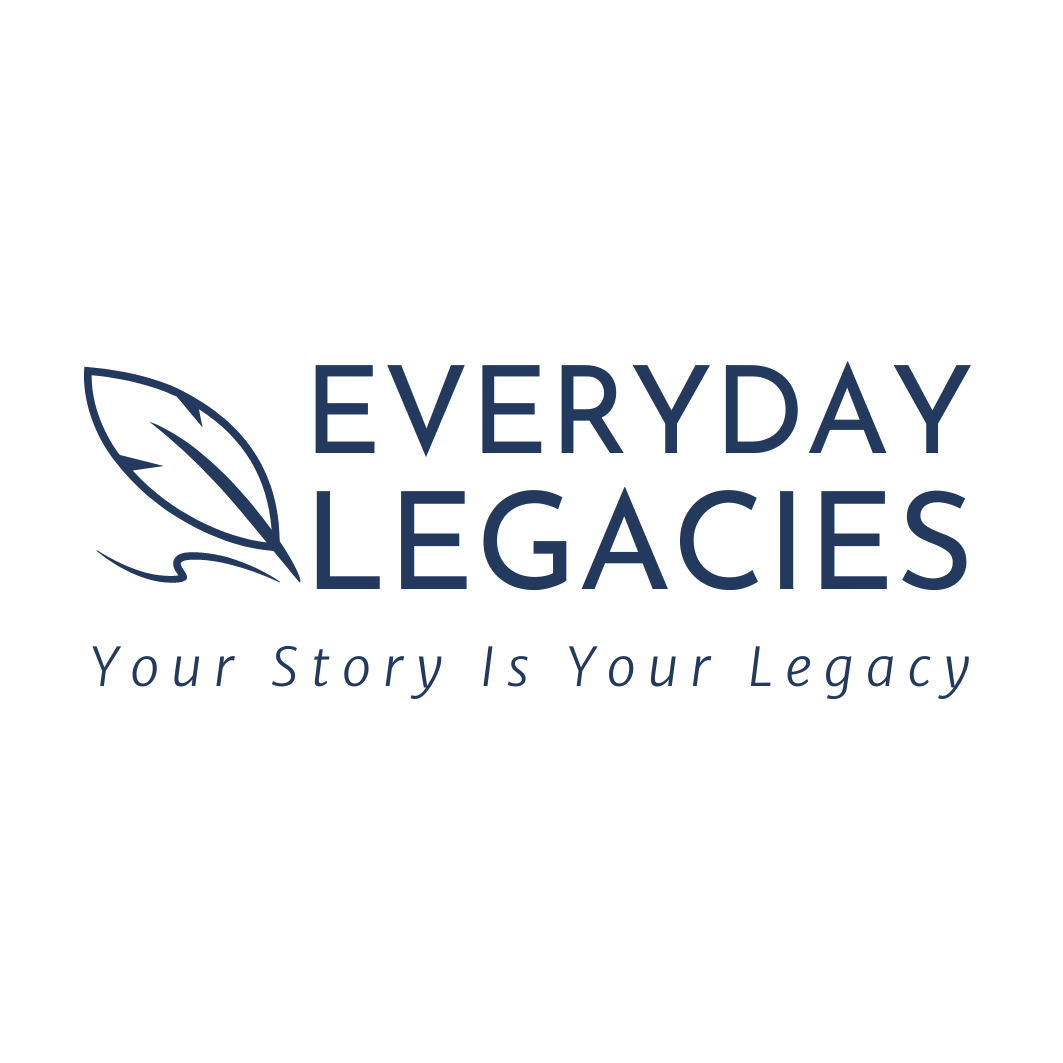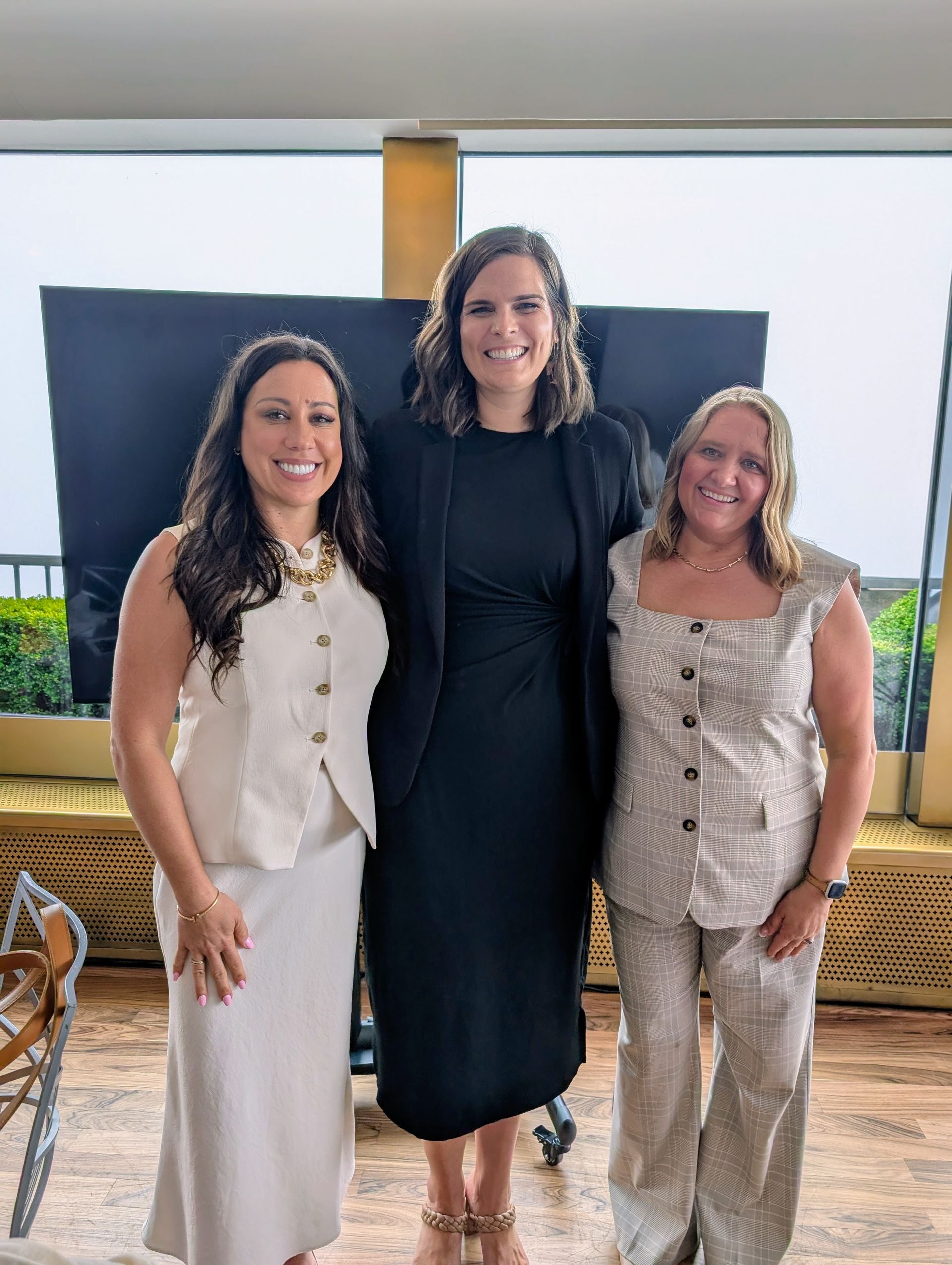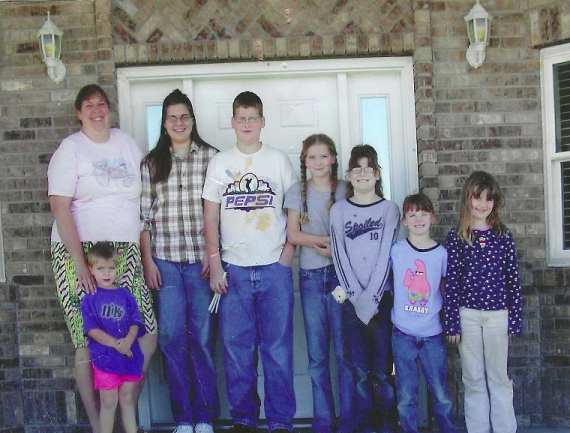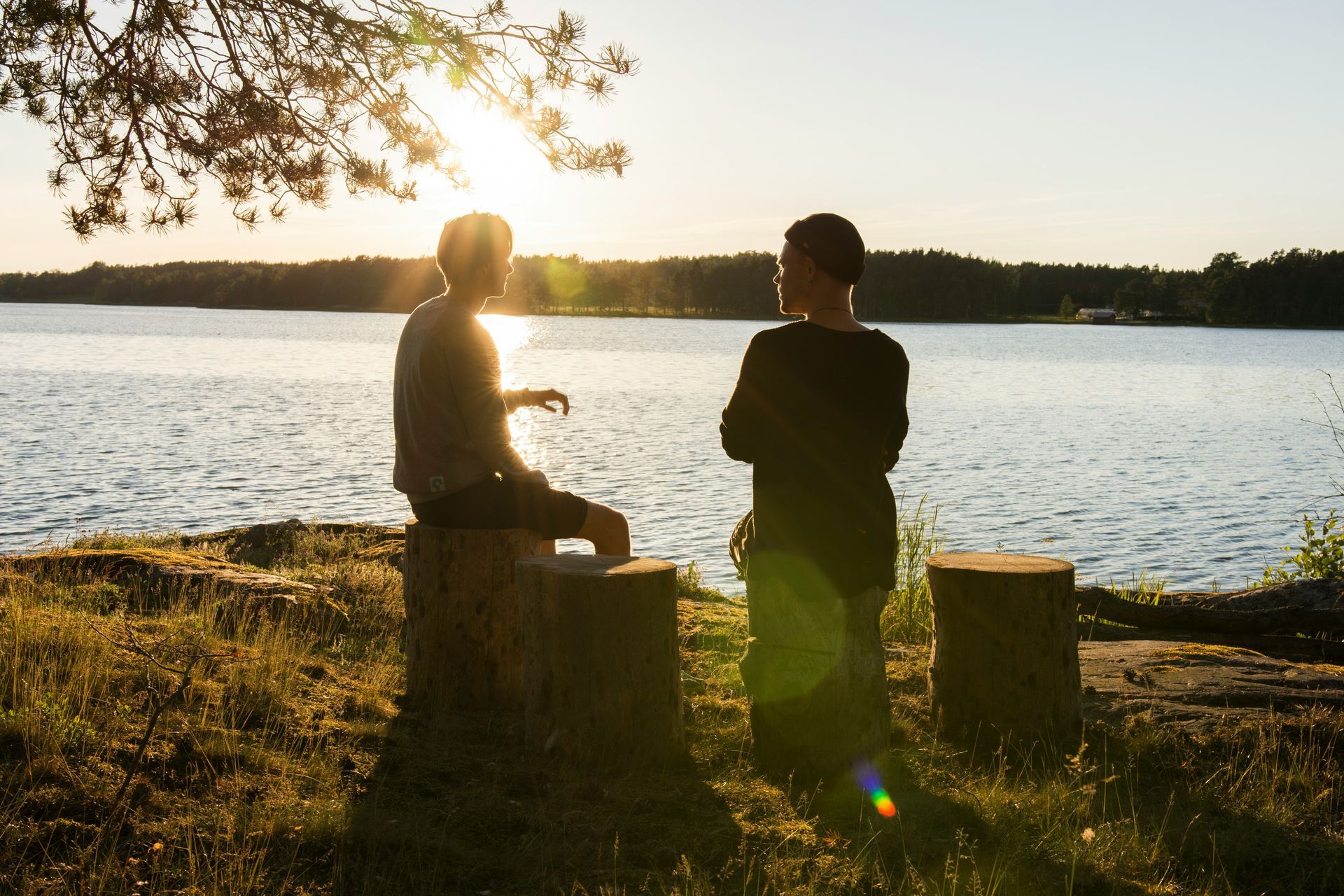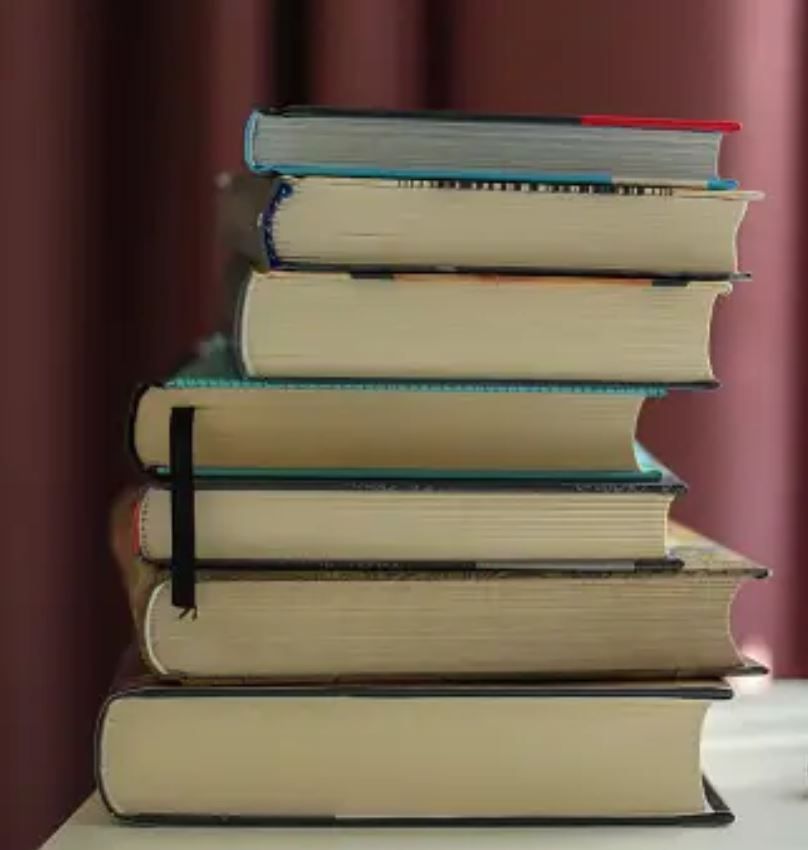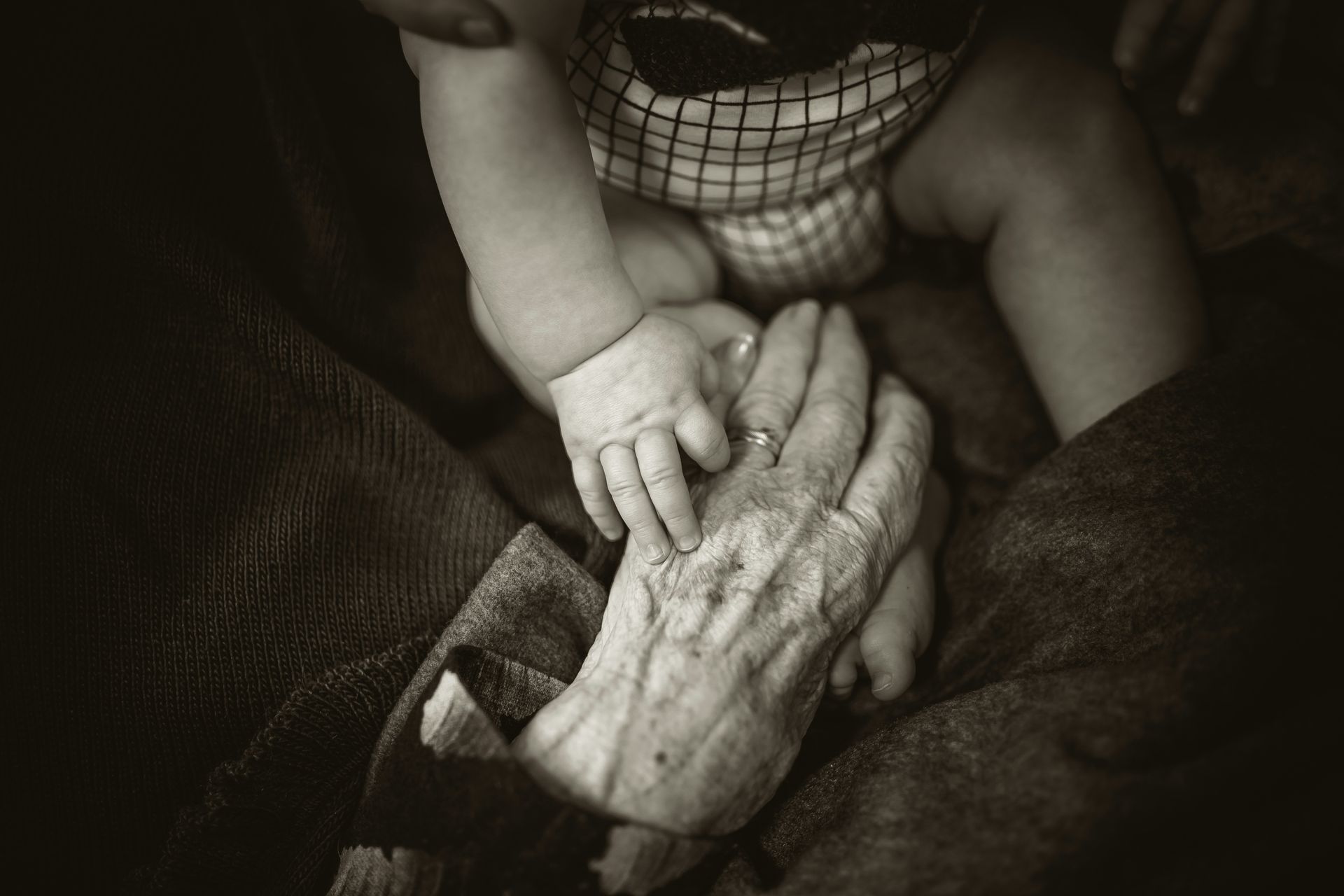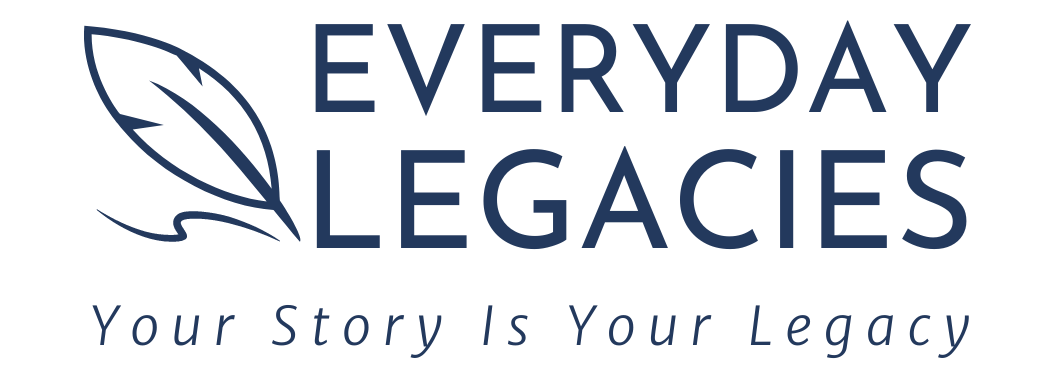Preserving the Legacy: A Guide to Safeguarding Tangible Objects and Their Stories (aka what to do with the stuff you inherited from your mother's attic)
The material stories of our families are not just about any one thing, but about the emotions, memories, and connections they represent. Start preserving your family's tangible legacy today and embark on a journey that will resonate through time.
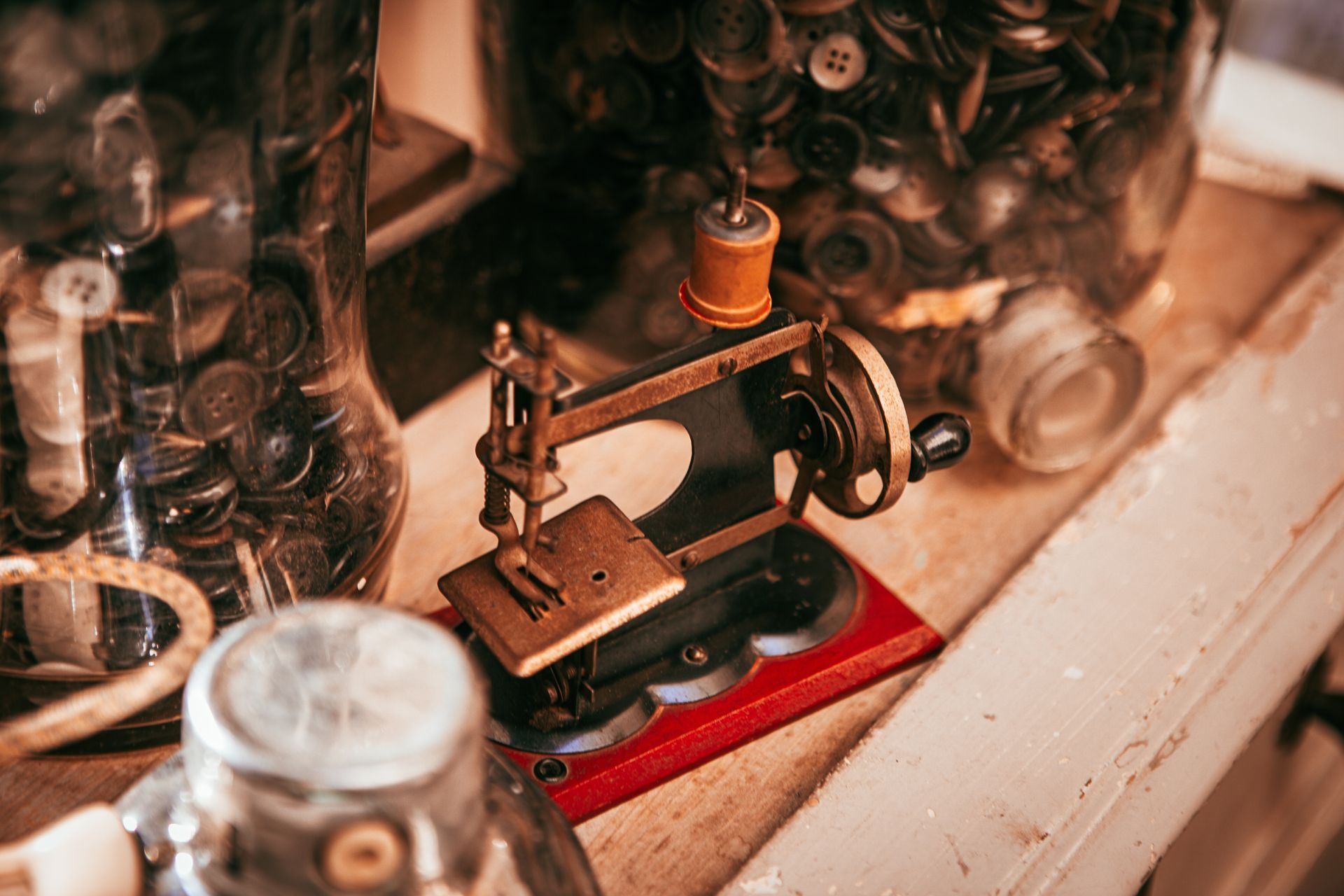
Perhaps you can relate. When my great-grandma passed away, I was almost thirteen, and I have distinct memories of what the post-death period looked like. Mostly, it was helping to clean out her small apartment and find homes for all the knick-knacks, family documents, and heirlooms she had kept and preserved all those years.
While being the recipient of treasured material items can be very special, it can also come with a heavy burden and responsibility (not the least of which can be finding where and how to store them!). Questions like how to pass them along to the next generation, particularly when the next generation may not seem very interested in them at the moment, can weigh significantly on your mind.
On the other side, in a world of ever-evolving technology, it's also easy to fall into the other trap--to overlook the importance of our tangible possessions and the narratives they carry. Whether it's your great grandmother's cherished sewing machine or the wedding ring that has been passed down through generations, tangible family heirlooms are more than just material possessions; they are gateways to the past, connecting us to our ancestors and preserving our family's rich history.
At Everyday Legacies, we understand the significance of family or personal heirlooms and the desire to protect and pass down their stories. In this guide, we'll explore the art of preserving tangible objects, ensuring their longevity, and creating a lasting legacy for future generations.
Understand the Significance
Before you embark on the journey of preserving your family heirlooms, you need to take time to reflect on their significance. Understanding the stories, emotions, and memories associated with them is imperative. This deeper understanding will guide you throughout the preservation process, ensuring that the essence of each item is captured and shared effectively.
Documentation is Key
To preserve the history and significance of your tangible objects, thorough documentation is essential. Start by creating a detailed inventory, noting each item's description, origin, and any known historical context. Consider including photographs, written anecdotes, or recorded interviews with family members who can provide additional insights. Don't forget to include your own experiences and memories with the object! This documentation not only adds depth to your family's story but also serves as a valuable resource for future generations.
Create a Safe Environment for the Object
Proper storage is crucial to prevent damage to your cherished possessions. Depending on what the object is, consider the following tips:
- Temperature and Humidity: Maintain a stable environment with moderate temperature and humidity levels to prevent deterioration and mold growth (especially important for objects made from natural material (cloth fibers, leather, etc.)).
- Lighting: Minimize exposure to direct sunlight and harsh artificial lighting, as they can cause fading and discoloration, especially of photos, paintings, or other types of light-sensitive objects.
- Handling: Always handle objects with clean hands (consider using archival-quality gloves when necessary, like for very old books). Avoid placing unnecessary pressure on delicate areas, or letting your three-year old grandson hold your grandma's special vase!
- Storage Materials: Utilize acid-free boxes, tissue paper, and protective covers to safeguard your heirlooms from dust, moisture, and pests.
Conservation and Restoration
If your tangible objects have already suffered some degree of wear and tear, consulting a professional conservator or restoration expert is an option and an important step for long-term preservation. These specialists possess the skills and knowledge to repair and preserve delicate items without compromising their historical integrity.
Share the Stories
Preserving tangible objects goes hand in hand with sharing the stories behind them. As you pass down these heirlooms to future generations, make a concerted effort to narrate their histories. Consider hosting family gatherings or storytelling sessions, where each object can be showcased, and the memories and anecdotes associated with them can be shared and celebrated. Remember that an alternative to a live storytelling session is recording one on your phone to share with your family! Take photos and make a video of the object. If it is a machine and you can get it running, show how it works!
Embrace Digital Preservation
In the digital age, leveraging technology to enhance the preservation of your tangible objects is a must! Digitize photographs, letters, and other paper documents to ensure their longevity. These can then be added to family or personal history books, as they should be! Additionally, if you have a lot of material history, you can explore interactive digital platforms that allow you to create virtual exhibits. This would allow you to share your family's history with a broader audience while safeguarding the physical objects themselves.
Tip: be sure to save all digital copies of objects in a safe, cloud-backed up place. This will help prevent losing all your hard work to a harddrive failure or similar travesty.
Material family heirlooms are important pieces of all of our lives. Preserving the histories of tangible objects is an art that allows us to not only celebrate our family's legacy but to pass it on to future generations. Through thoughtful documentation, careful storage, conservation efforts, and the power of storytelling, we can ensure that these treasured possessions continue to inspire and connect our loved ones for years to come.
At Everyday Legacies, we are dedicated to helping individuals and families preserve their personal histories. By embracing the steps outlined in this guide, you can embark on a meaningful journey to safeguard your tangible objects and the invaluable stories they hold, leaving a lasting legacy for generations to come. Should you need help getting started, please don’t hesitate to reach out!
